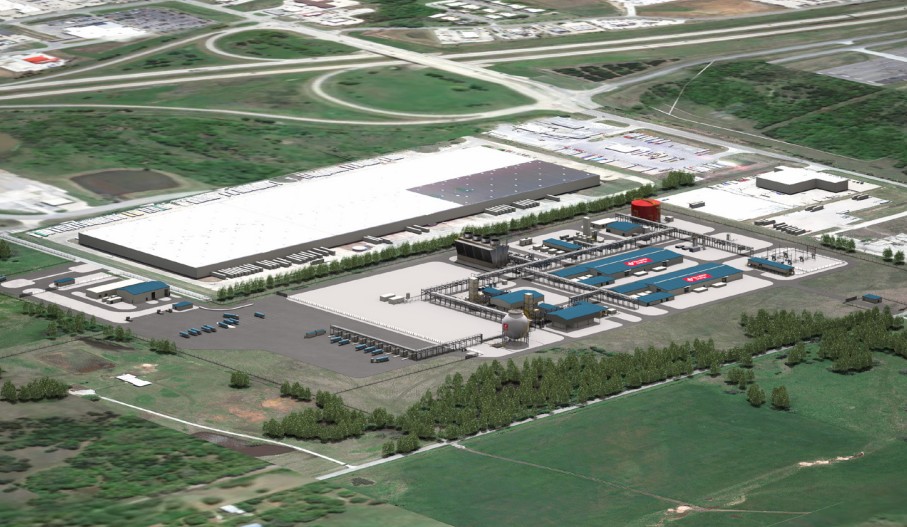This story requires a subscription
This includes a single user license.
Woodside CEO Meg O’Neill said in the second-quarter report that the company has made the decision to exit the H2OK project, “demonstrating our disciplined approach to portfolio management.”
According to the report, Woodside made the decision due to “ongoing challenges facing the lower carbon hydrogen industry, including cost escalation and lower than anticipated hydrogen demand.”
Woodside said the exit is expected to result in an impairment loss of approximately $140 million pre-tax ($110 million post-tax) being recognised in the profit and loss in the half-year results
In 2021, Woodside announced plans to develop the hydrogen project.
The firm said at the time it was targeting a final investment decision in the second half of 2022, and first liquid hydrogen production in 2025.
After that, Woodside awarded contracts for the project to US engineer KBR, Norway’s Nel Hydrogen Electrolyser, and Air Liquide Engineering and Construction.
The project was expected to produce up to 60 tonnes per day (tpd) of liquid hydrogen through electrolysis and liquefaction.
On the other hand, Woodside is investing heavily in its US LNG business and continues to move forward with construction work on its Louisiana LNG export terminal in the US
In April, Woodside made a final investment decision to develop the three-train, 16.5 mtpa Louisiana LNG project.
The total capital expenditure for the LNG project, pipeline, and management reserve is $17.5 billion.
Woodside said that the development has expansion capacity for two additional LNG trains and is fully permitted for a total capacity of 27.6 mtpa.
Bechtel is the engineering, procurement, and construction contractor, under a lump sum, turnkey agreement, while the facility utilizes Chart’s liquefaction technology and Baker Hughes gas turbines.

